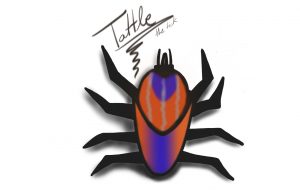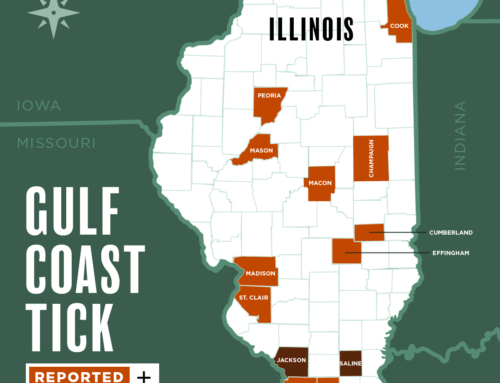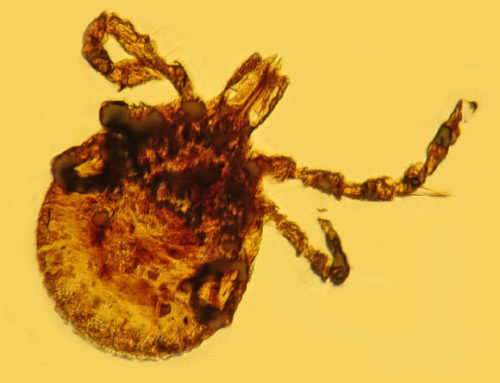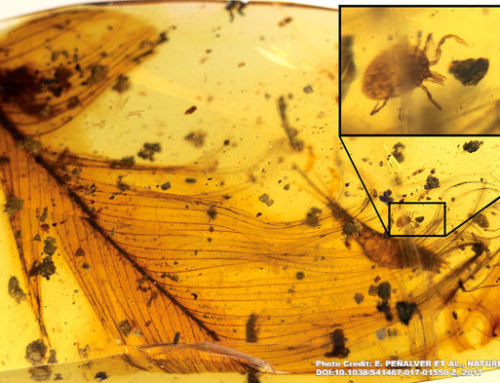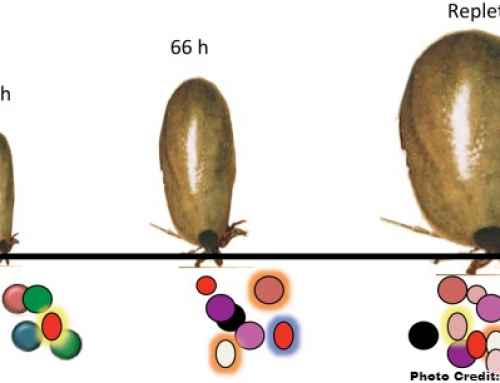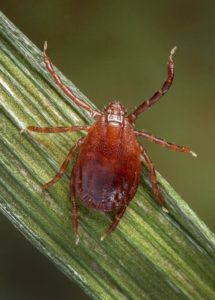
Photo Credit: CDC/James Gathany
Hi there! Tattle, here. I know it’s been a while but I’m back!
Although we’re nearing the end of May, it’s still Lyme Disease Awareness Month and is never too late to be cautious when we are dealing with tick season!
In the U.S, Lyme disease wasn’t recognized until the 1960s and “wasn’t officially classified until 1981”. In the early 1970s, a group of people from Lyme, Connecticut were suffering from stange symptoms and health issues(HISTORY OF LYME DISEASE). It wasn’t until 1981 when Willy Burgdorfer, a scientist studying Rocky Mountain Spotted Fever, another tick borne disease, found the connection between ticks and the bacterium that was causing the patients to suffer from health issues. Due to this discovery, the Lyme disease-causing bacteria was named in his honor, Borrelia burgdorferi (HISTORY OF LYME DISEASE). From here, the Center for Disease Control (CDC) focused their attention towards specific symptoms arising from Lyme disease, such as erythema rashes, facial palsy, and Lyme arthritis. Ticks and Lyme disease have been around for thousands of years, but it was not until 1990 when the first cases of this illness were confirmed by Logigian and colleagues.
In light of recent events, we can wonder why it took so long to recognize chronic symptoms and manifestations of Lyme disease and whether it will take longer to recognize the chronic symptoms of COVID-19. The risk for Lyme disease patients during a global pandemic has also been discussed. While it has been stressful for Lyme disease patients and families until we know more about the risks of COVID-19, for now it is important to continue universal precaution. Don’t forget to eat right, avoid stress, and stay clean! Be careful and avoid tick bites by always checking for ticks on yourself and pets after a fun day outside.
Until next time,
Tattle.
